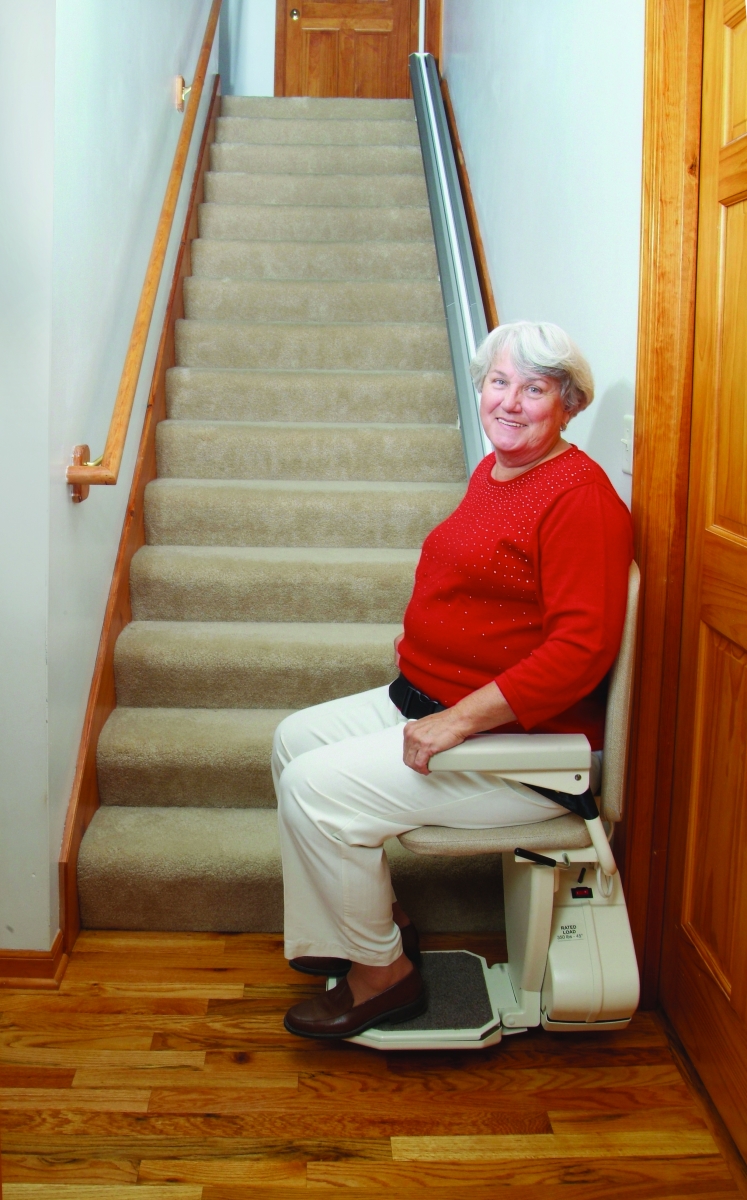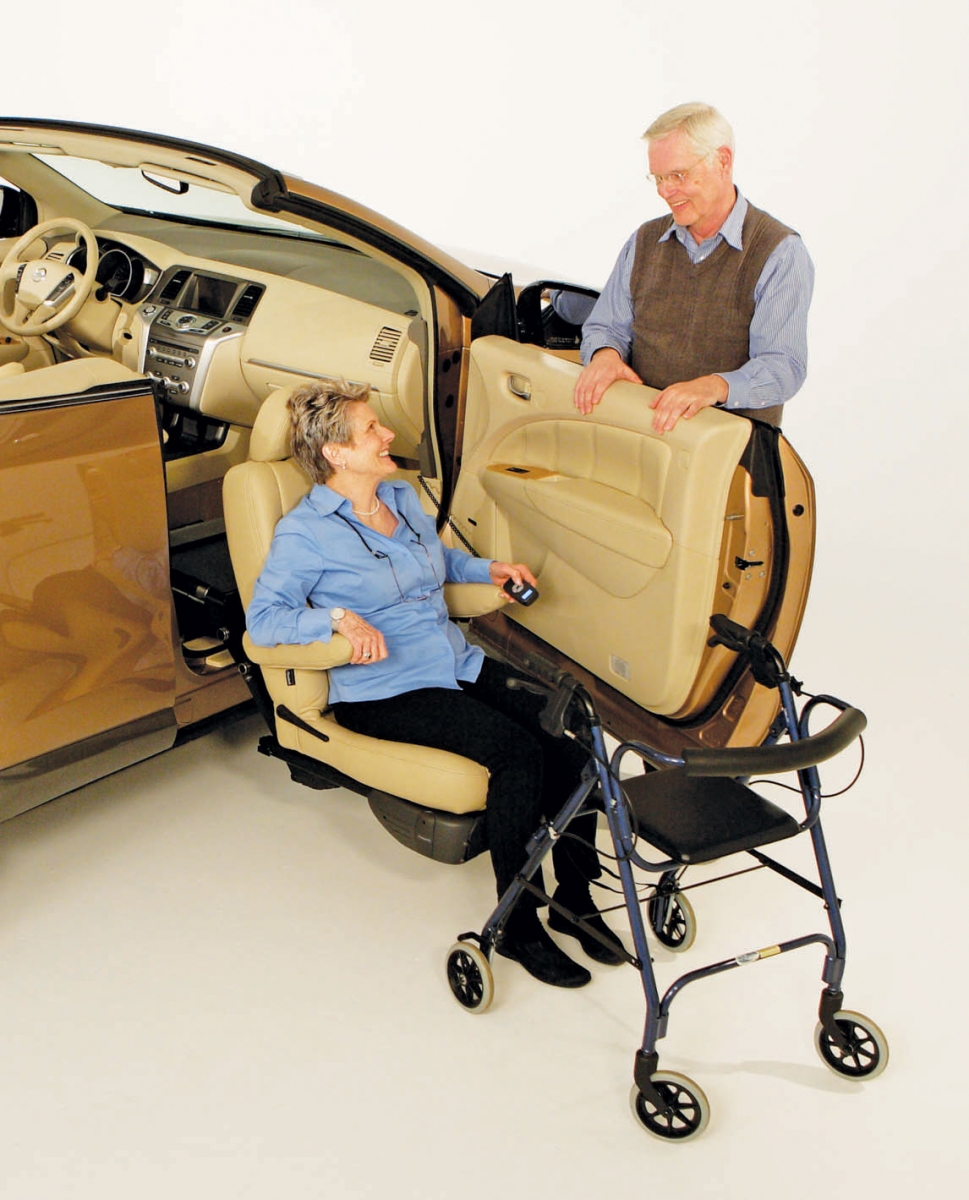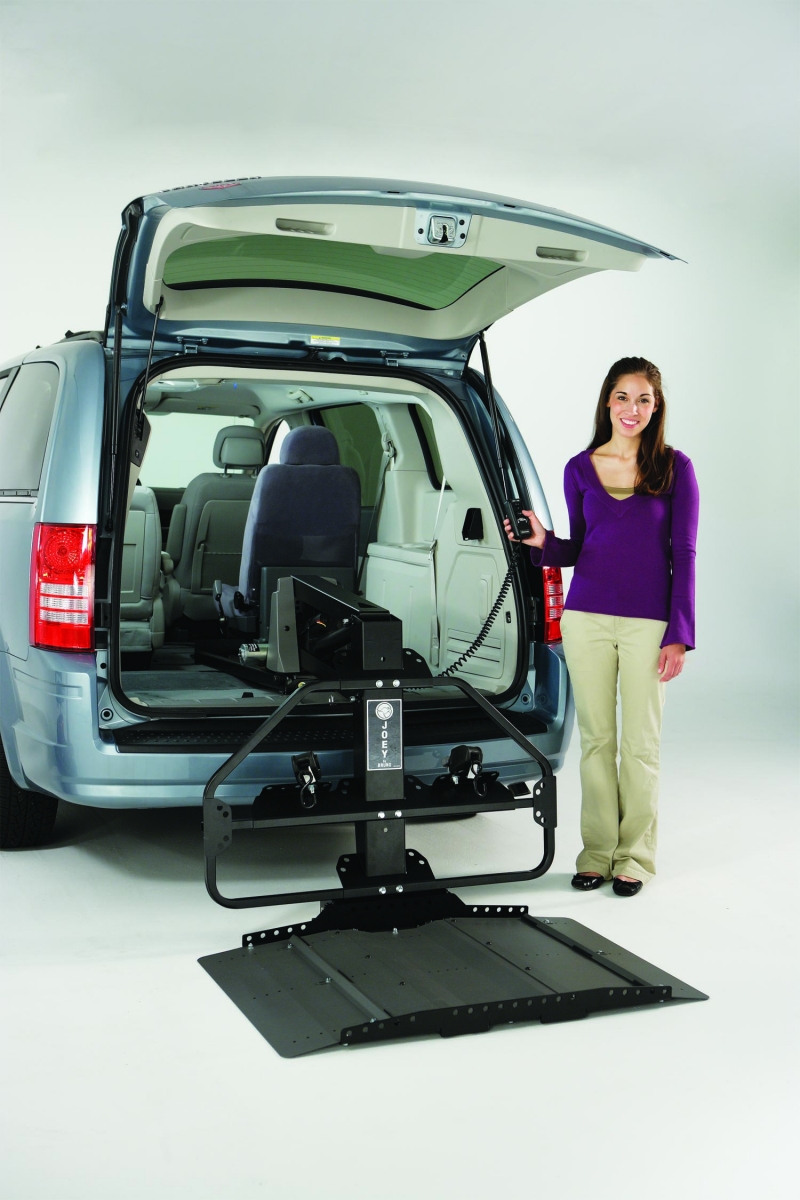Ask the nation’s two major manufacturers of stair lifts how business is going these days, and they’ll both say they’re already feeling the first revenue-producing waves of the aging baby boomer demographic.
 “We have been breaking all of our sales records in the stair lift sector,’’ said Mike Krawczyk, marketing manager for Bruno Independent Living Aids of Oconomowoc, Wisc. “In 2010, we had the biggest year that we’ve ever had in the industry, and then we beat that in 2011.”
“We have been breaking all of our sales records in the stair lift sector,’’ said Mike Krawczyk, marketing manager for Bruno Independent Living Aids of Oconomowoc, Wisc. “In 2010, we had the biggest year that we’ve ever had in the industry, and then we beat that in 2011.”
Jim Quinly, general manager for home elevators and accessibility products for Harmar of Sarasota, Fla., echoed that positive assessment.
“We’re seeing growth in all areas of all products to the point that we’ve even expanded what some people would consider mature product categories, such as stair lifts,” he said. “We’re adding more features, more benefits for the end users and to make it a simpler, less time-consuming install for the dealer.”
In addition to stair lifts, the companies manufacture a nice variety of other lifts for people and power mobility devices. They both produce vehicle-mounted lifts and vertical platform lifts. Harmar makes cargo lifts and residential elevators, too. Bruno produces a cleverly designed automotive seat that rotates and lifts a driver or passenger outside the vehicle.
Cool stuff that’s hot among baby boomers
“If somebody is interested in getting into the business, it’s a good business, and it’s a growing business,’’ Quinly said. “The demographics tell us that as baby boomers continue to age, the next 25 years are going to provide a huge growth potential for this industry.”
Krawczyk said, “I often tell my colleagues there’s a big wave of grey coming down the highway, of which I’m a part. It’s the baby boom generation, and more and more of our products are used by people who are not disabled in the classic sense of the word. We may have arthritis; we may have some problems climbing stairs. We may have asthma, that kind of thing. Our products allow people to be independent.”
 This is primarily a cash business, which is attractive to many HME providers who have spent far too much time and energy struggling with paperwork, coding and audits associated with Medicare and third-party payers.
This is primarily a cash business, which is attractive to many HME providers who have spent far too much time and energy struggling with paperwork, coding and audits associated with Medicare and third-party payers.
“We’re not worried about competitive bidding and that kind of thing,” Krawczyk said. “About 10 or 15 years ago, we were crying in our soup over (not being a Medicare reimbursable item). Today, we’re not simply because we’ve gotten used to it.”
And it’s a good fit for people already handling DME or HME products.
“If they’re in the durable medical equipment business already, including a chair lift is an easy choice to make,’’ Krawczyk said.
Quinly said lifts are a natural expansion for a storefront medical equipment business but with some differences. “You have a lot more in-home sales,’’ he said. “You have to send technicians out, where normally people come into your store to pick up what you need."
Harmar gets many calls these days from remodeling contractors who are designated as Certified Aging in Place Specialists (CAPS). “They have the designation and are interested in providing another service other than grab bars in the shower, lowering countertops and widening doorways,” Quinly said.
 It’s fairly simple to add stair lifts to a home medical equipment line, he said. They are relatively easy to install and service for somebody with mechanical aptitude and training.
It’s fairly simple to add stair lifts to a home medical equipment line, he said. They are relatively easy to install and service for somebody with mechanical aptitude and training.
Both Harmar and Bruno are well-established and provide dealer support.
Interested providers should start with manufacturer websites like www.bruno.com and www.harmar.com, talk to providers who handle these products and talk to the manufacturers to see if lifts are a good fit for their HME business.




